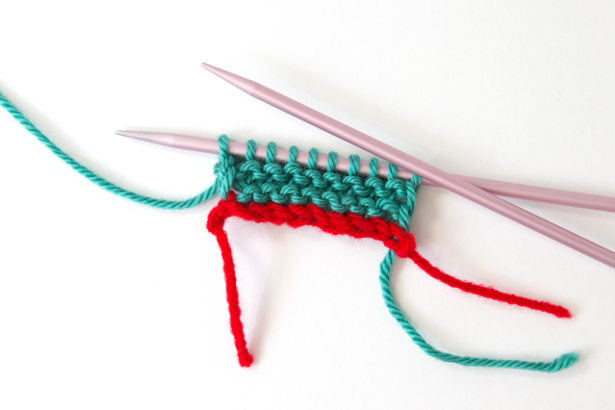
The provisional cast on is ideal for projects that require you to later join your stitches to another piece of knitting — making an almost seamless join once complete. While it may sound intimidating, this cast-on method isn’t tricky at all. Just follow this photo tutorial to discover how easy it can be!
The provisional cast on with a crochet hook is ideal for projects that require you to later join your stitches to another piece of knitting — making an almost seamless join once complete. While it may sound intimidating, this cast-on method isn’t tricky at all. Just follow this photo tutorial to discover how easy it can be!
Provisional Cast On
- Using scrap yarn, make a slip knot and place it on a crochet hook. It’s helpful to use scrap yarn in a similar weight, but contrasting contrasting color from the yarn you’re using for the body of your soon-to-be knitting project. It’s also helpful to use a crochet hook that’s approximately the same size as your knitting needles if not a size larger.
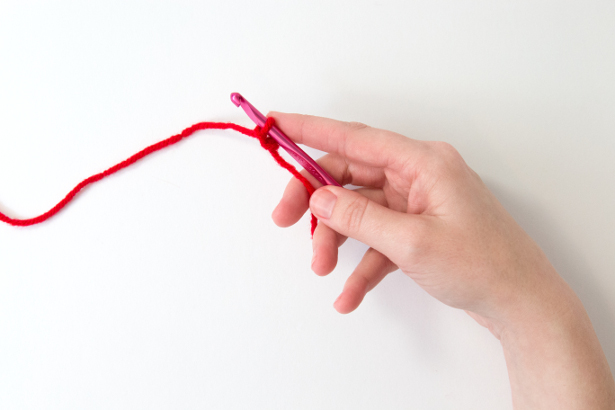
- Yarn over and draw up a loop, creating a crochet chain. Chain a few stitches more than the number of stitches you wish to cast on.
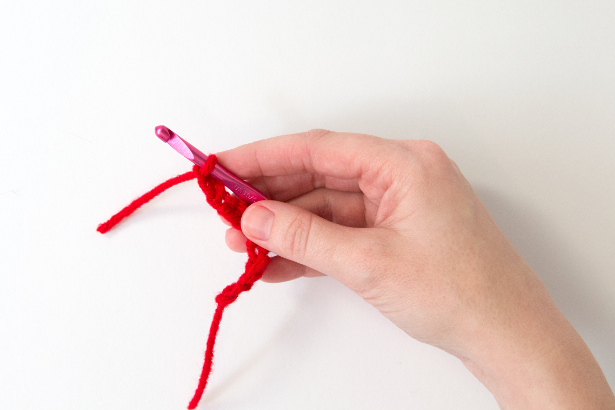
- Break yarn and draw tail through final loop to secure. Set aside hook and any additional scrap yarn.
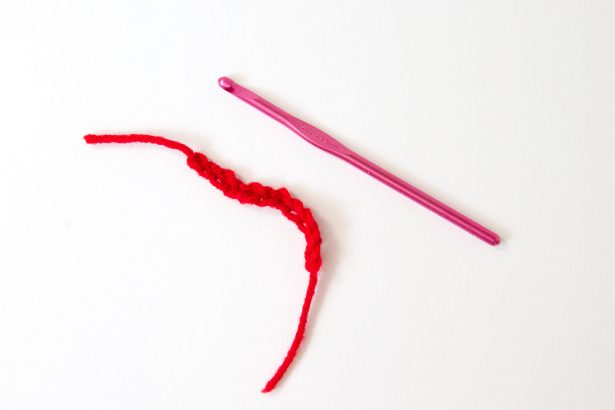
- Turn your crochet chain to the wrong side (the side with bumps on it).
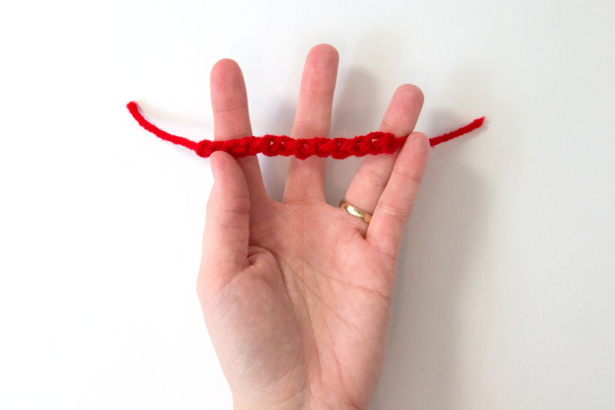
- Using the yarn intended for your knitting project, insert a knitting needle into the first bump of your crochet chain, wrap your yarn, and draw up a stitch, just like you’re working a regular knit stitch. The difference is that you’re knitting into the back of a crochet chain instead of a traditional loop on a knitting needle. Continue to cast on a stitch (a.k.a. knit) into each bump of your crochet chain until you have cast on the appropriate number of stitches.
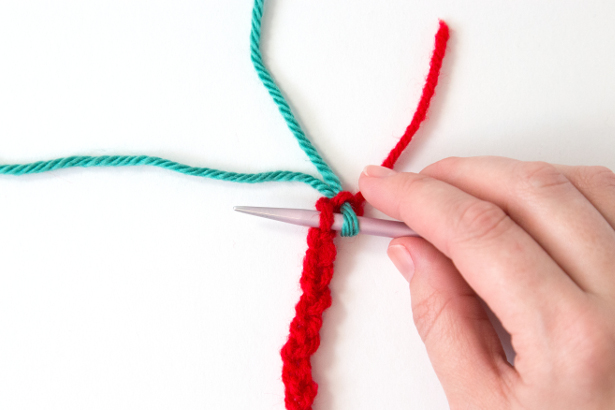
- (This is what the back of your work should look like.)
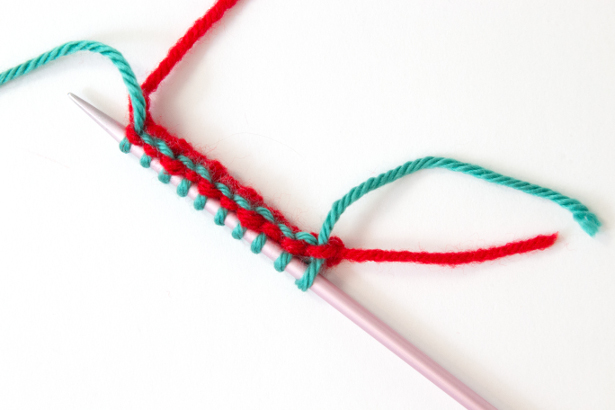
- This is what the front of a swatch of garter stitch looks like cast on using a provisional cast on with the scrap yarn and crochet hook method. When you need to undo the scrap yarn of your cast on to access your cast on stitches, carefully un-knot the end of your crochet chain (the knot created by drawing your tail through the final loop to secure your initial chain from step 3). If you worked correctly into the back bumps of your initial chain stitches, you should be able to “unzip” the entire cast on fairly easily. Just don’t pull too hard to avoid accidentally pulling out a stitch.
 Why Use Provisional Cast On?
Why Use Provisional Cast On?
The provisional cast on with waste yarn makes multiple types of patterns easier. Simply put, it allows you to pick up your work on the other side of the cast on through the use of scrap yarn, which is then discarded. By keeping your cast on attached to waste yarn, you leave the stitches open, and available to work, rather than closing them immediately, as working a traditional type of cast on would do. This can come in handy in some triangle shawl patterns, for instance, where you would work one side of the work, come back to your original cast on, and work the other side.


This is the best video of Provisional cast on that I’ve seen. Thanks.
Thank you
Thank you for this